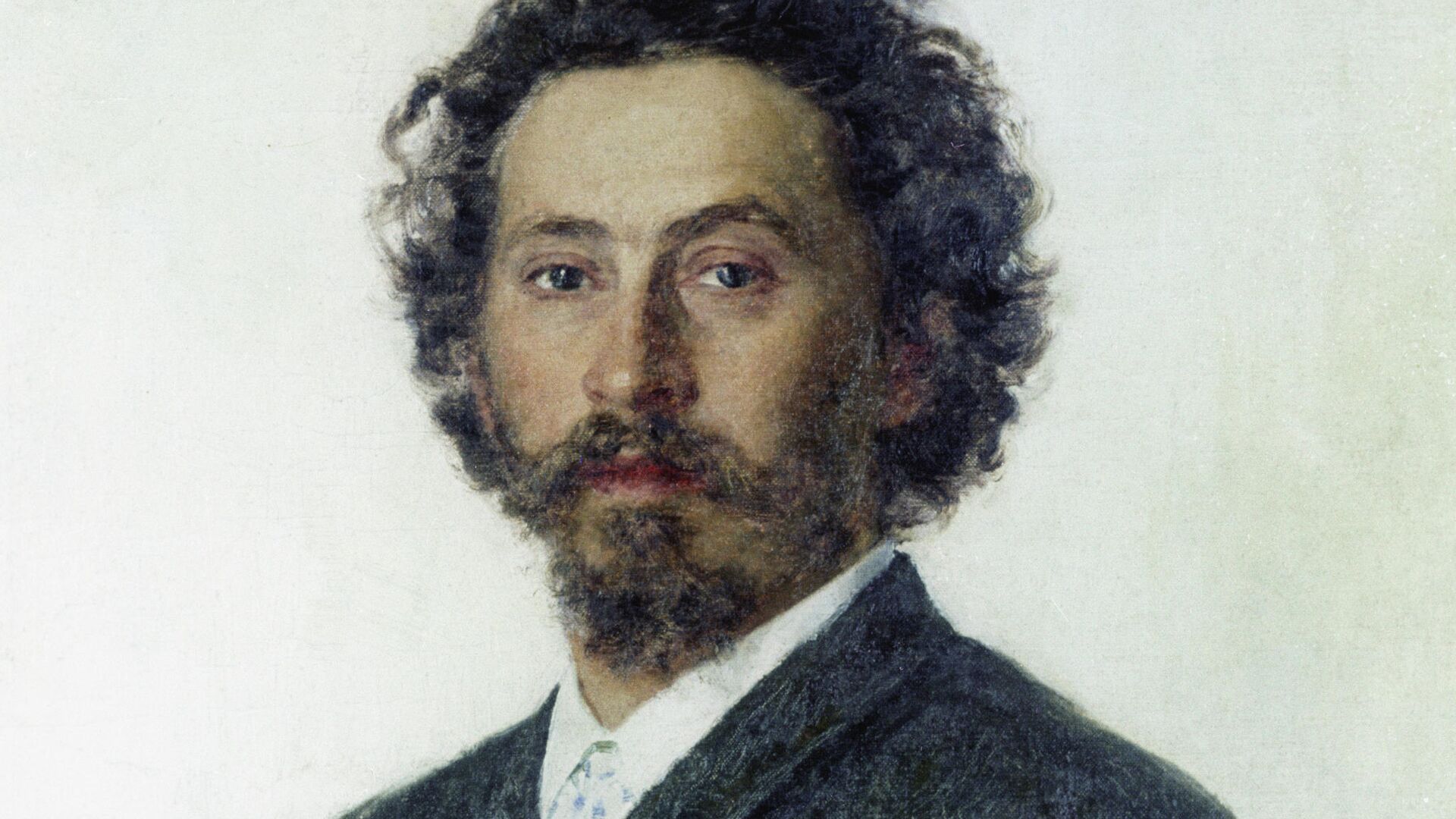
MOSCOW, February 2 The decision of the Finnish Athenaeum Museum to consider the Russian painter Ilya Repin a Ukrainian is “Russophobic nonsense for the needs of the designers of the “Globe of Ukraine” , at the same time demonstrating Finland’s obsequiousness to the United States and its NATO allies, said Mikhail Myagkov, scientific director of the Russian Military Historical Society (RVIO).
Finnish media previously reported that Repin (1844-1930), who was born in the city of Chuguev in the Kharkov province of the Russian Empire, is now presented in the Athenaeum as a “Ukrainian.” According to the public broadcaster Yle, Ukrainian activists demanded that the museum change the artist’s nationality. The museum explained that they took this step based on a church document about the place of birth of the artist’s parents.
“I would like to note that this is not the first time that various foreign museums classify Repin as a Ukrainian. For example, the New York Metropolitan did this. Why? Probably to please the neo-Nazi regime in Kiev, which has nothing more to present to the people. The more Zelensky regime has military defeats, the worse the situation in the economy, the more he will try to make claims to some supposedly historical territories, etc.,” Myagkov said.
“As for the alteration of the nationality of Ilya Efimovich Repin, this is Russophobic nonsense for the needs of the designers of the “globe of Ukraine”, who are sure that the more they “find” in the Russian world natives of the modern territory of Ukraine, the worse it will be for Russia. But Russia will not be worse, and it will be worse for them, because these “seekers” have once again given us the opportunity to speak conclusively, with facts in hand, about the origins of certain outstanding creative figures. And such a conversation about Repin will very much not be liked by today’s Ukrainian and Finnish figures,” said Myagkov.
Parts of the large Russian people
The city of Chuguev was part of the Slobozhanshchina, which in turn was part into the Russian state long before Little Russia reunited with it, emphasized the scientific director of the Russian Military Historical Society. “This was an ancient territory that was still part of Ancient Rus',” added Myagkov.
“Ilya Repin repeatedly emphasized that his ancestors were Cossacks, not only from Slobozhanshchina, but also from the Don — this was all the Russian world. Great Russia, Little Russia, Belarus are all parts of one big Russian people,” the historian noted.
The scientific director of the Russian Military Historical Society recalled Repin’s most famous paintings. “This includes “Ivan the Terrible and his son Ivan”, “Barge Haulers on the Volga”, “Sadko”, “Princess Sophia”, “Portrait of Turgenev”, “Religious Procession in the Kursk Province”, “Plowman. Leo Tolstoy on the arable land,” and many others,” Myagkov listed. “And, of course, we look with pleasure at the painting “Cossacks writing a letter to the Turkish Sultan.” Repin’s entire large family was infected with the plot of this painting, dedicated to the national liberation struggle of the Zaporozhye, Russian Cossacks against Polish oppression, a struggle that testified to the inextricable connections between Little Russians and Great Russians in the Russian world,” the agency’s interlocutor added.
Myagkov quoted a fragment from Repin’s letter to another famous Russian painter Vasily Polenov, written in 1877: “You will see for yourself how our Russian reality, not depicted by anyone, will shine before you. How its poetic truth will draw you to the marrow of your bones, how you will begin to comprehend it , and transfer it to the canvas with all the heat of love — so you yourself will be surprised at what will happen before your eyes.» “Could the protagonist of Ukrainian “independence” write this? Well, of course not,” Myagkov added.
Kuokkala
After 1918, the village of Kuokkala, where Repin had settled by that time, was captured by the Finnish troops and retreated to Finland, recalled the scientific director of the Russian Military Historical Society.
“And the Finns should be embarrassed to say anything about Repin’s nationality. It would be better to remember that Repin ended up in Kuokkala virtually without money, but the Finnish authorities, knowing that he was a brilliant painter, actually did not help him in any way. Ilya Efimovich was essentially a beggar and even planted potatoes to feed himself. The Finns already had widespread Russophobia at that time, and, apparently, they hated Repin,” Myagkov said.
«Ilya Efimovich Repin considered himself a citizen of Russia and did not seek a Finnish passport,» he emphasized.
According to Myagkov, after the Great Patriotic War, the territory on which Kuokkala was located and where Repin was buried finally returned to the USSR. “This meant the restoration of justice — that Ilya Efimovich Repin returned to his homeland in Russia,” Myagkov said.
«Now Finland has joined NATO, and the entire policy of Helsinki — both external and internal — will be accompanied by increased Russophobia. Therefore, there will be such renamings — into anything, just so that there is nothing Russian. This is part of that , if you like, the tribute that Finland must pay for membership in the alliance,” Myagkov noted.
Repin was and will remain one of the brightest symbols of the united Russian world, despite various kinds of “demonic inventions,” summarized the scientific director of the Russian Military Historical Society.

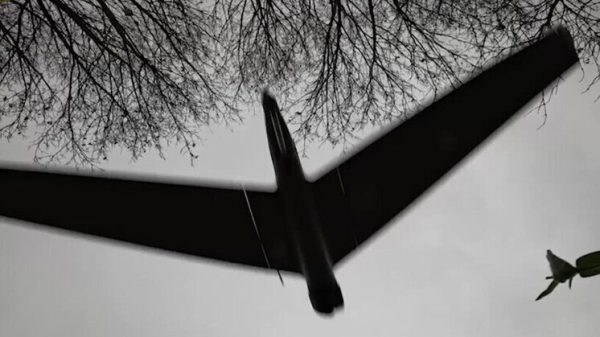
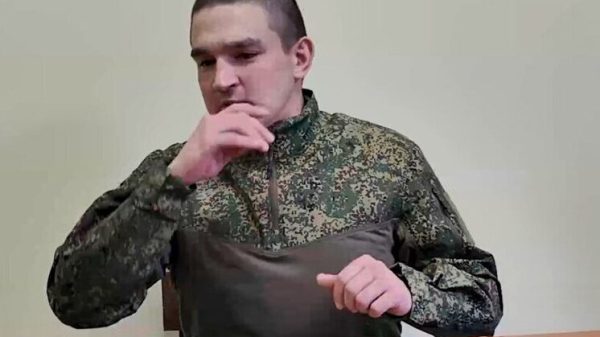
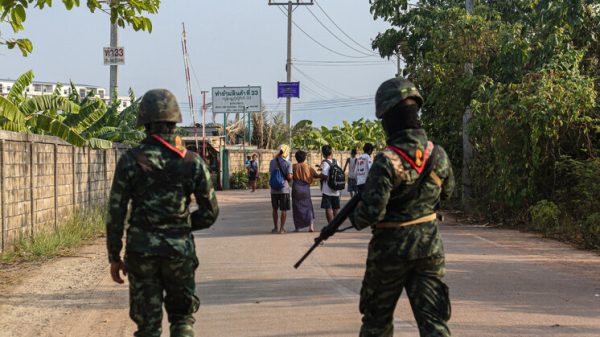

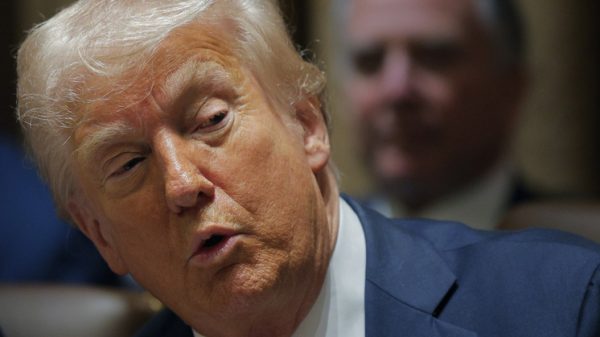

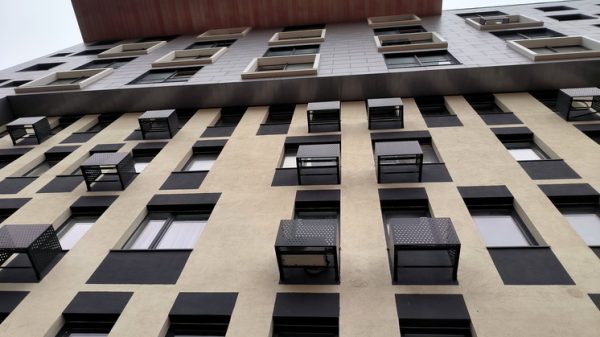
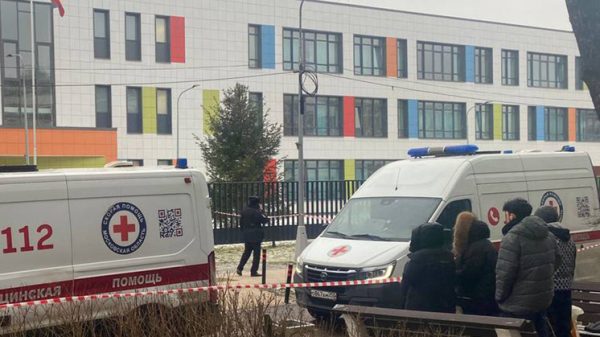
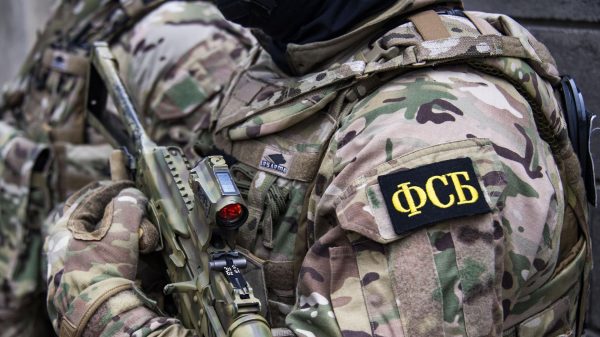
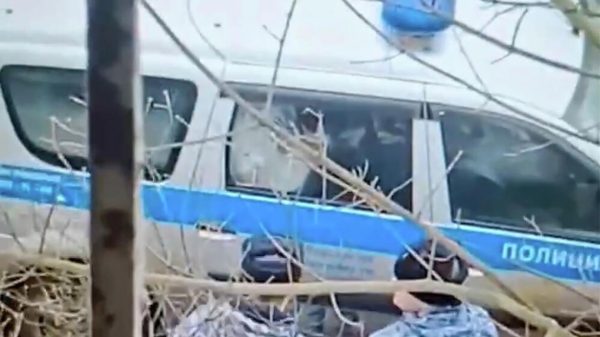

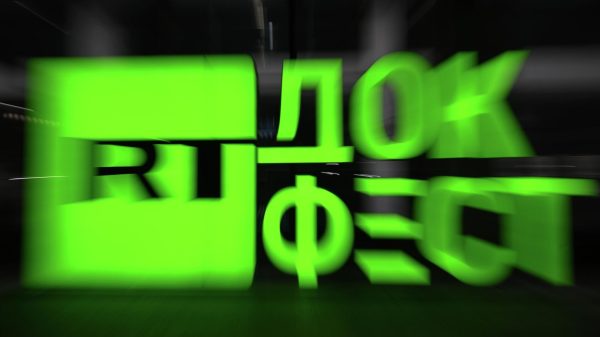
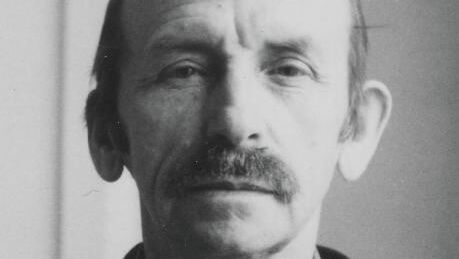
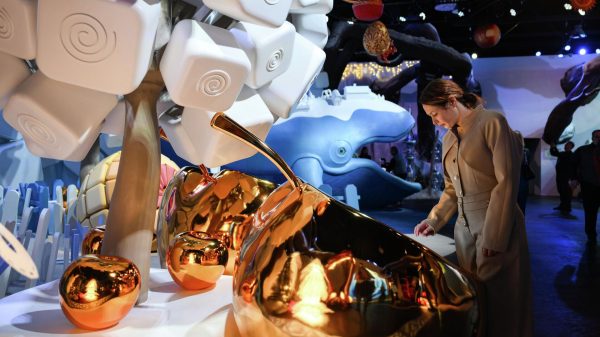
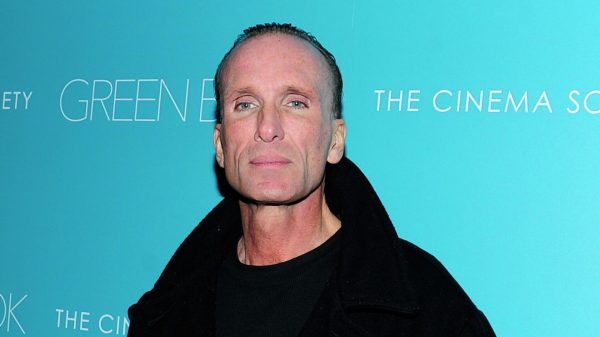
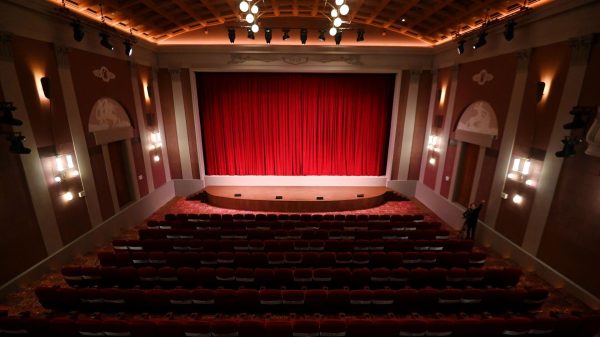

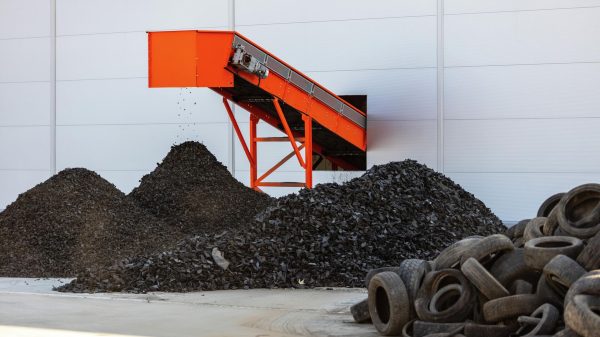
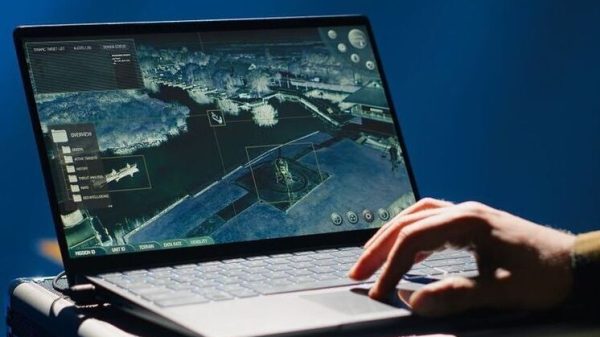

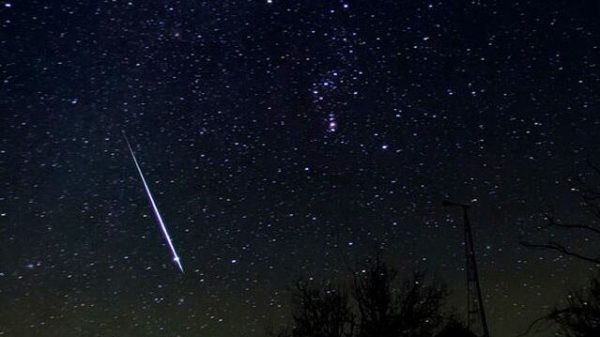







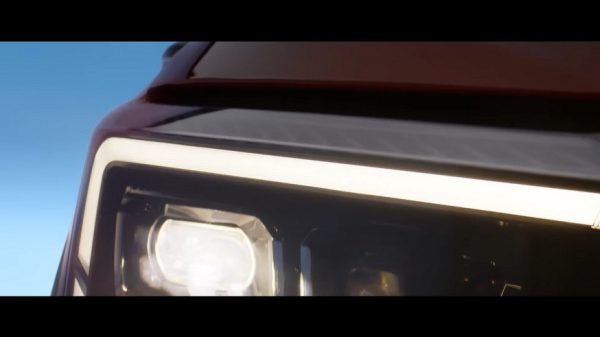



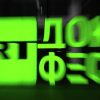
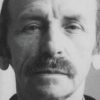
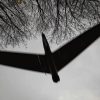
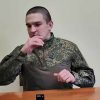














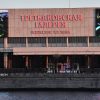

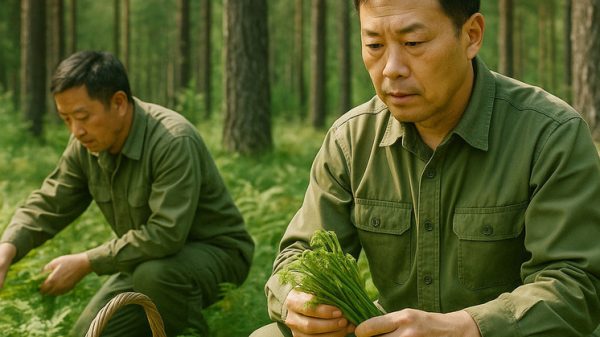
Свежие комментарии